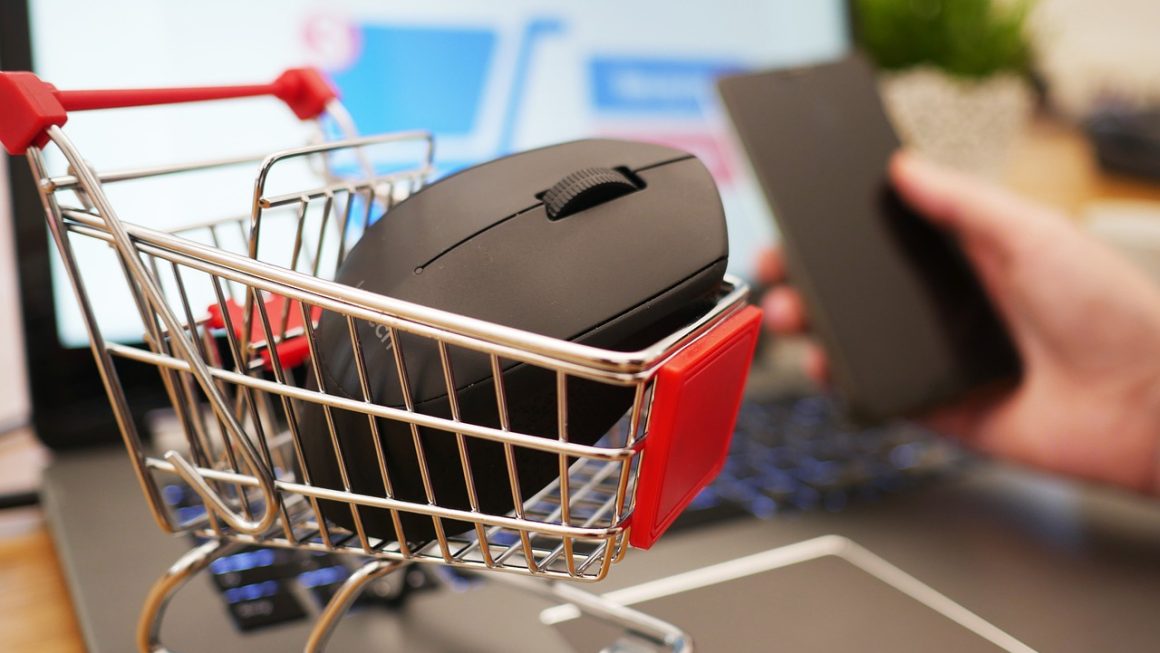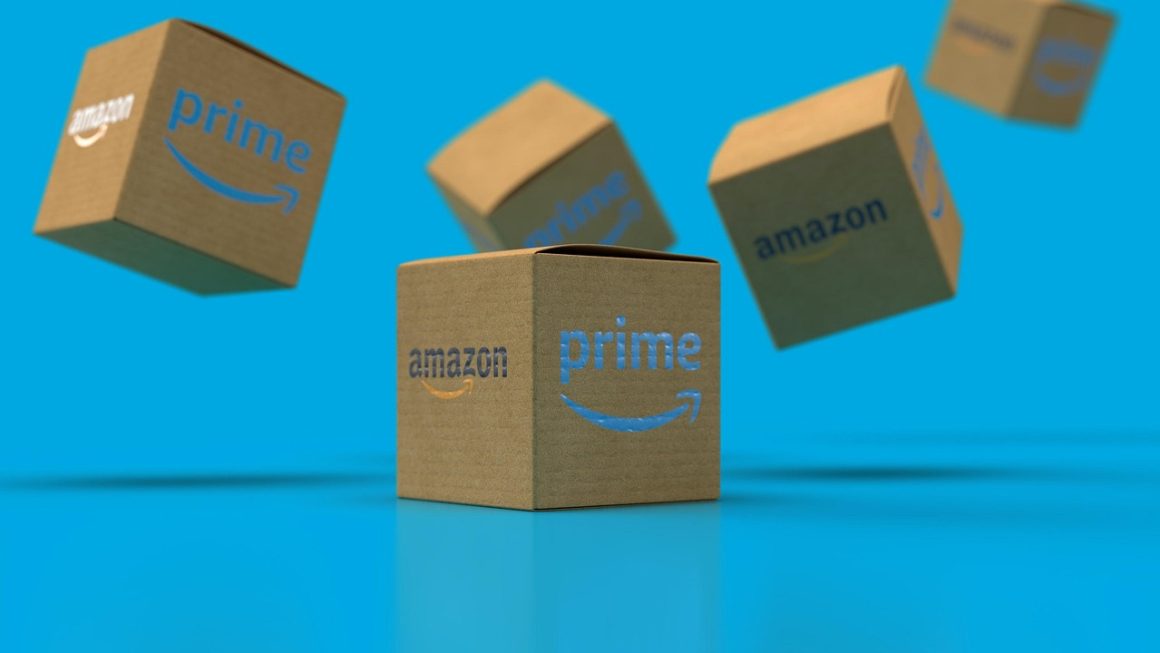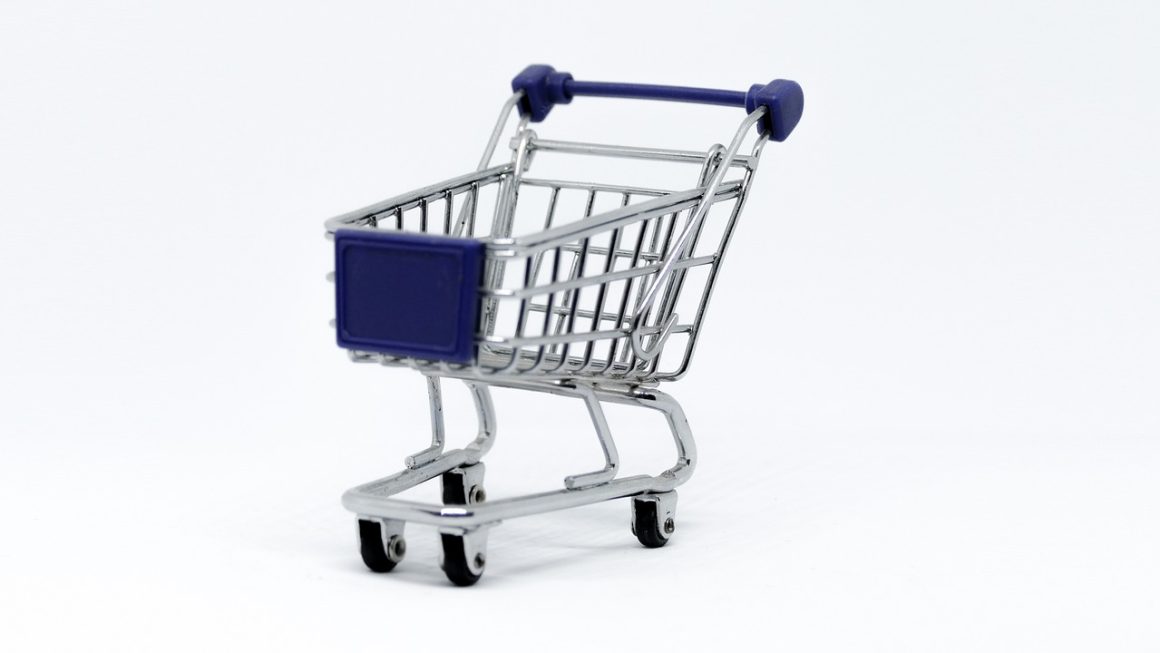Selling products online can be a game-changer for entrepreneurs, and Amazon FBA (Fulfillment by Amazon) provides a powerful platform to do just that. Whether you’re a seasoned business owner looking to expand your reach or a newcomer eager to start your e-commerce journey, understanding the intricacies of Amazon FBA is crucial for success. This guide will break down everything you need to know, from the basics of FBA to advanced strategies for maximizing your profits.
What is Amazon FBA?
Amazon FBA is a service offered by Amazon that allows businesses to store their products in Amazon’s fulfillment centers, and Amazon directly handles the picking, packing, shipping, and customer service for these products. Essentially, you send your inventory to Amazon, and they take care of the rest of the fulfillment process.
How Amazon FBA Works: A Step-by-Step Guide
Understanding the flow of Amazon FBA is key to utilizing its potential. Here’s a breakdown:
Example: If selling glass jars, you need to bubble wrap each item and then place them in a master carton.
Tip: Utilize Amazon Partnered Carrier program for potentially discounted shipping rates.
Benefits of Using Amazon FBA
Opting for Amazon FBA offers several key advantages for sellers:
- Prime Eligibility: Your products become eligible for Amazon Prime, which means faster shipping and increased visibility to millions of Prime members. Statistically, Prime members spend significantly more on Amazon.
- Scalability: FBA allows you to scale your business quickly without worrying about the logistics of warehousing and fulfillment.
- Reduced Shipping Costs: Leveraging Amazon’s shipping rates can often be cheaper than handling shipping yourself, especially for heavier or bulky items.
- Customer Trust: Utilizing Amazon’s trusted fulfillment services can enhance customer confidence in your brand and products.
- Less Work: By outsourcing fulfillment, you free up your time to focus on other aspects of your business, such as product development and marketing.
Getting Started with Amazon FBA: A Practical Guide
Ready to dive into the world of FBA? Here’s a practical guide to help you get started:
Setting Up Your Amazon Seller Account
Example: The Individual plan typically has a per-item fee, while the Professional plan has a monthly subscription fee.
Product Research and Selection
Selecting the right products is crucial for success with Amazon FBA.
- Identify Profitable Niches: Use product research tools like Jungle Scout, Helium 10, or Viral Launch to identify profitable product niches with high demand and low competition.
- Analyze Market Trends: Stay up-to-date with market trends and consumer preferences to identify emerging product opportunities.
Example: A sudden surge in demand for home office equipment due to remote work trends.
- Consider Profit Margins: Calculate your potential profit margins after accounting for product costs, Amazon fees, and shipping costs.
- Assess Competition: Evaluate the competition in your chosen niche and identify opportunities to differentiate your products or offer better value.
Creating Effective Product Listings
Your product listings are your storefront on Amazon. Optimizing them is key to attracting customers and driving sales.
- High-Quality Images: Use clear, high-resolution images of your products from multiple angles.
- Compelling Product Titles: Craft descriptive and keyword-rich product titles that accurately reflect the product and its benefits.
- Detailed Product Descriptions: Write detailed and informative product descriptions that highlight the key features and benefits of your product.
- Relevant Keywords: Incorporate relevant keywords throughout your product listings to improve search visibility.
- Bullet Points: Use bullet points to showcase the key features and benefits of your product in a concise and easy-to-read format.
Amazon FBA Fees: Understanding the Costs
Understanding the different fees associated with Amazon FBA is crucial for managing your profitability.
Key FBA Fees
- Fulfillment Fees: These fees cover the cost of picking, packing, and shipping your products to customers. They vary depending on the size and weight of your products.
* Example: A small, lightweight item will have lower fulfillment fees than a large, heavy item.
- Storage Fees: These fees cover the cost of storing your products in Amazon’s fulfillment centers. They are charged monthly and vary depending on the size and storage space your products occupy.
- Referral Fees: These are fees that Amazon charges for each sale made on their platform. They typically range from 8% to 15% depending on the product category.
- Long-Term Storage Fees: If your products remain in Amazon’s fulfillment centers for an extended period (typically longer than 6 months), you may be charged long-term storage fees.
Strategies for Minimizing FBA Fees
- Optimize Product Size and Weight: Minimize the size and weight of your products to reduce fulfillment and storage fees.
- Manage Inventory Effectively: Avoid overstocking to minimize storage fees and long-term storage fees. Utilize Amazon’s inventory planning tools.
- Consider Product Category: Choose product categories with lower referral fees if possible.
- Sell Excess Inventory: Implement strategies to sell excess inventory quickly, such as offering discounts or running promotions, to avoid long-term storage fees.
Scaling Your Amazon FBA Business: Advanced Strategies
Once you have a solid foundation, you can explore advanced strategies to scale your Amazon FBA business:
Optimizing Your Product Listings
- A/B Testing: Continuously test different variations of your product titles, images, and descriptions to identify what resonates best with your target audience.
- Keyword Research: Regularly update your keyword research to stay current with search trends and consumer preferences.
- Product Reviews: Encourage customers to leave positive reviews to improve your product’s visibility and credibility.
Utilizing Amazon Advertising
- Sponsored Products: Use Sponsored Products ads to promote your products to shoppers who are actively searching for related items.
- Sponsored Brands: Use Sponsored Brands ads to promote your brand and showcase multiple products to a wider audience.
- Sponsored Display: Use Sponsored Display ads to reach shoppers who have previously viewed your products or similar products.
Building a Brand
- Create a Brand Story: Develop a compelling brand story that resonates with your target audience and differentiates you from competitors.
- Design Consistent Branding: Ensure your product packaging, website, and marketing materials have a consistent look and feel.
- Engage with Customers: Respond to customer inquiries and feedback promptly and professionally.
Conclusion
Amazon FBA offers a powerful platform for entrepreneurs to build successful e-commerce businesses. By understanding the intricacies of FBA, from the basics of fulfillment to advanced scaling strategies, you can leverage this powerful tool to reach a vast customer base, streamline your operations, and achieve your business goals. Remember to continuously adapt and optimize your strategies based on market trends and customer feedback to stay ahead of the competition and maximize your success on Amazon.




